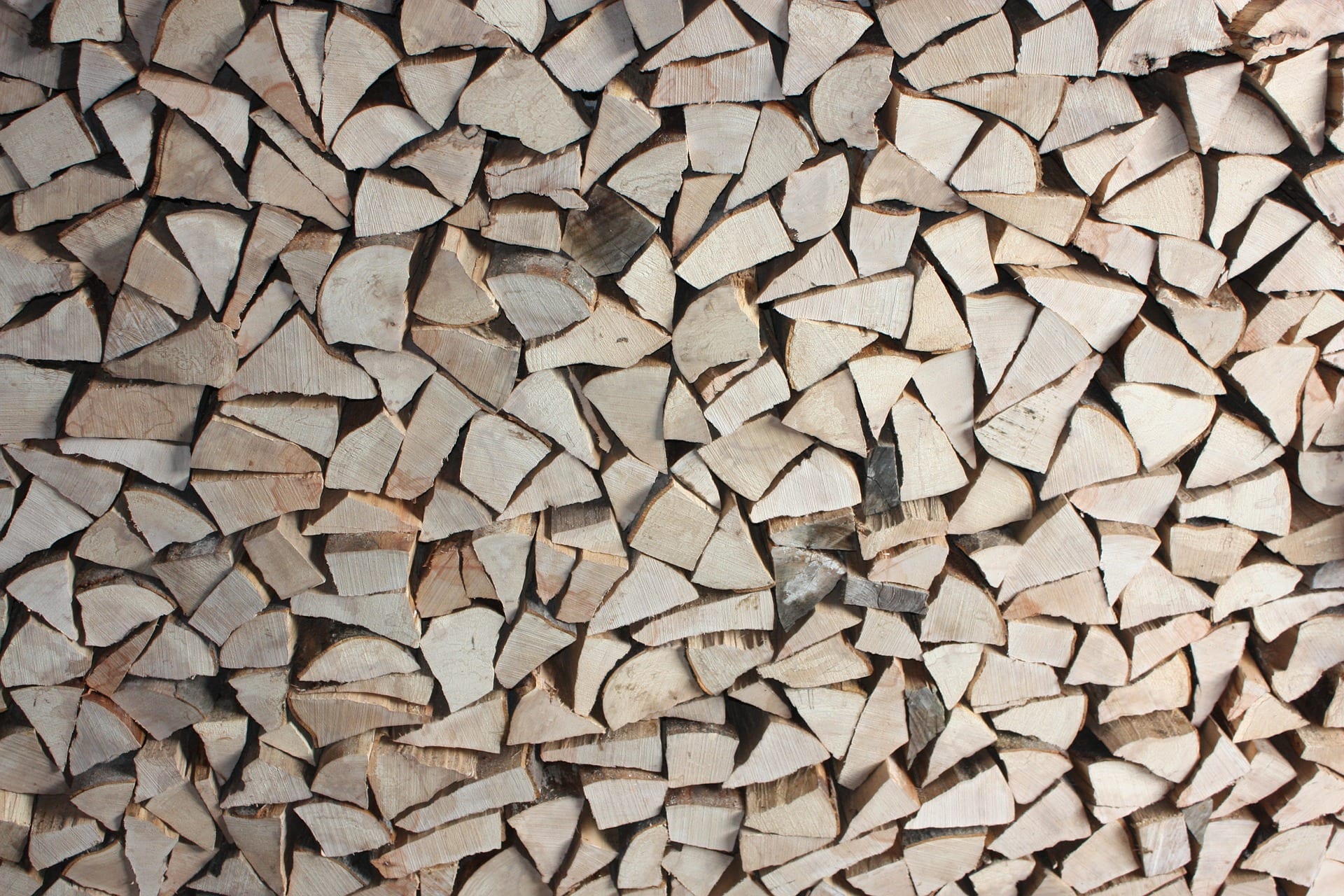
Reality is yes, firewood can in fact be too dry. Really, you say?! Yes, in fact it can, but generally is not a huge problem and wood which is green is usually of greater concern. If you have dry wood, mix with regular wood and average out the moisture level and all should be good.
Reality is that properly seasoned firewood will still have a moisture content of between 15-20%. This water in the wood is actually important and I will try to explain why.
First the water actually helps regulate the burn rate. Why is that range selected? Well 15% is getting about as dry as one can naturally get firewood outside. With higher moisture, the wood will burn more slowly, however if any wetter than 20% then other factors cause other serious problems.
When wood burns, it releases a gas, which is what actually burns. When this happens the wood begins to show what we call char, and the process is called pyrolysis, a Greek word which actually means – pyro “fire” and lysis “separating”. The problem is that when wood is too dry, it breaks down more quickly and creates the gases far faster, the stove only has a specific amount of oxygen that can enter the firebox, hence this gas has inadequate oxygen supply to burn properly. Now that is a good thing in a way, as if it were able to get oxygen the fire would burn much hotter and cause serious problems with the stove and chimney integrity due to heat. Now the downside is that when these gases pass up the chimney, it is what actually causes creosote – having said that with dry wood the chimney may well be above the condensation level of the gases and they may well pass straight out into the atmosphere. At the very least it is inefficient.
Burning wood below around 14-15% in most stoves is not a good idea and actually lowers efficiency level of the stove. The proper zone for firewood is between 15 and 20%. When you get above 20% you start to see poor burn and inability to throttle down the fire without it simply going out. In the upper 20% range and toward 30% the wood will sizzle and fires are very sluggish and it is hard to get a clean burn until the wood is almost to the charcoal stage. If you go above 30% water will bubble from the ends and it is difficult to burn at all. Green wood is very inefficient and generates huge volumes of creosote in the chimney and pipes.
Some think an EPA rates stove will burn dryer wood better and that is an inaccurate assumption. The big difference is that you can turn the EPA rated, low-emission certified stoves down for a long burn without extinguishing the flames as they are engineered to produce long, clean, controlled burns. The EPA laboratory testing requires wood with a moisture content between 16 to 20% per cent – when the wood is outside this moisture band (higher or lower moisture), the stove’s emission rate will go up.
Regardless of how dry or wet your firewood is, your system still needs a regular cleaning by a Certified Chimney Sweep.
Oh and that brings up another topic, how to measure and how accurate low cost moisture meters are – but another day.
